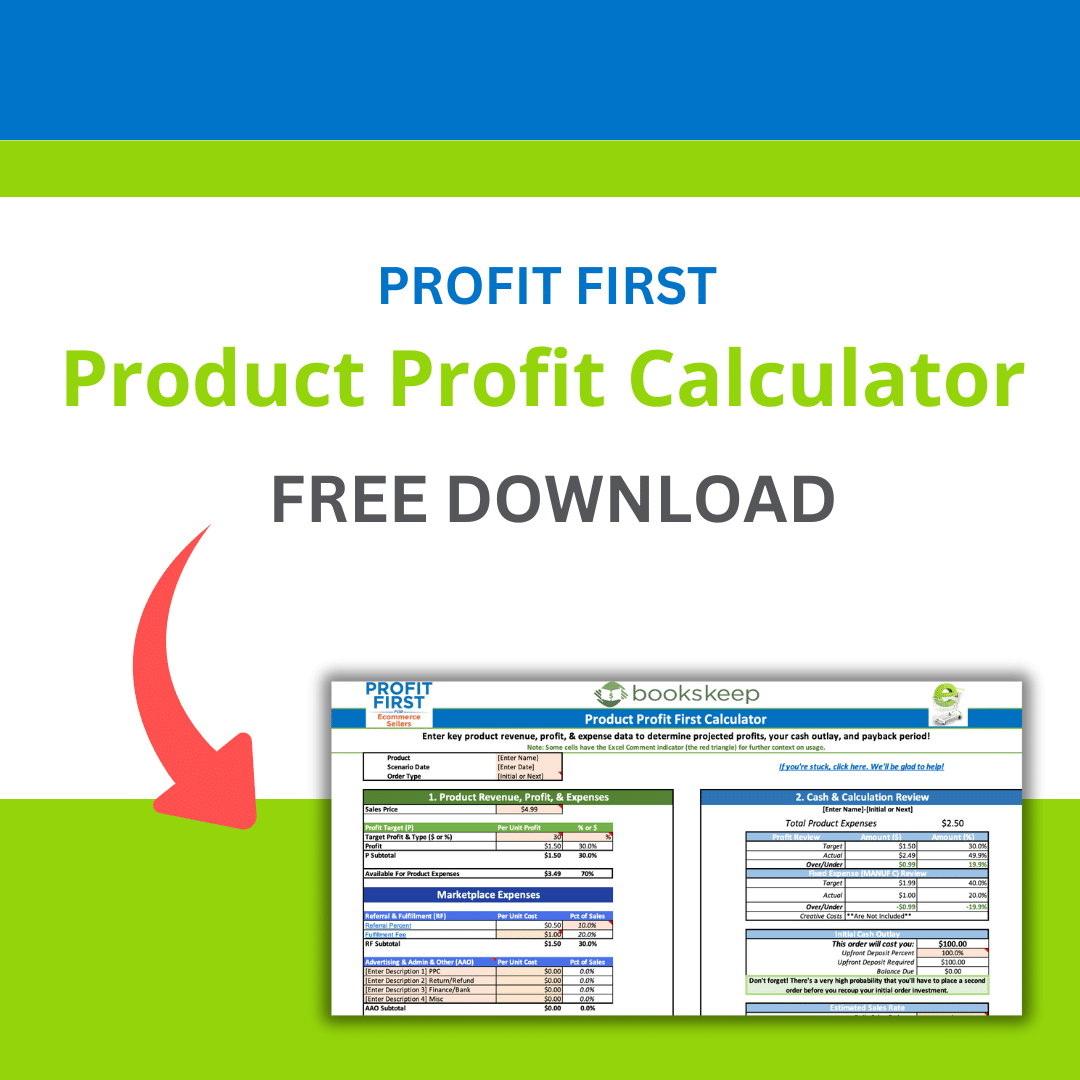
With Tax Day approaching, it’s crucial to have a plan in place beyond simply wrapping up or filing your 2020 taxes. Rather than neglecting tax matters until the next year and hoping for the best, I recommend implementing a proactive approach. Profit First offers a great plan that prepares you for taxes without stress. Let’s delve into how it works.
The Profit First Framework
The standard Profit First bank account known as the Tax account is specifically designated for income tax purposes. Twice a month, you allocate 15% of your real revenue to this account. Real revenue refers to cash receipts minus any cash spent on inventory or other cost of goods sold activities. By following this percentage-based approach, you can ensure you have sufficient funds set aside for tax obligations.
If you pay quarterly estimated taxes for your business, the funds in the Tax account will be utilized for those payments. However, there are important considerations to keep in mind. When your sales exceed the previous year’s figures, the allocated funds should cover your current-year tax liability. It’s crucial not to view these excess funds as surplus for other purposes. They are intended to account for the increased tax liability resulting from higher sales.
On the other hand, if your sales are lower during the initial quarters and you may not be setting aside enough funds, adjustments are necessary. Estimated taxes are calculated based on a full year of sales and divided into equal quarterly payments. If your cash flow is impacted due to seasonal fluctuations or a decline in sales, it’s essential to discuss a new strategy with your tax preparer. They can assist in creating a realistic plan for estimated tax payments based on your current business activity. Instead of eliminating the allocation to your tax bank account, adjust the amount based on your current circumstances rather than solely relying on the previous tax year.
How to Handle Sales Tax
In addition to income tax, there is another important tax to consider: sales tax. It’s crucial to note that the Tax bank account discussed in Profit First is not intended for sales tax. The 15% allocation mentioned earlier is specifically for state and federal income tax and does not include a portion for sales tax.
Sales tax regulations vary by state, and businesses may be required to collect and remit sales tax for multiple states. The remittance frequency is typically quarterly or annually. To ensure that you have funds set aside for future sales tax remittance, it is recommended to create a separate bank account specifically designated for sales tax. These funds collected for sales tax are not your funds; they are to be remitted to the respective state governments. It’s essential to avoid the temptation of using these funds for other purposes, as it may lead to a shortage when it’s time to fulfill your sales tax obligations, potentially requiring you to borrow money to meet those payment requirements.
What About Other Tax Types?
There are several other types of taxes you may encounter—property tax, franchise tax, etc. These taxes are paid from the Operating Expense bank account in your Profit First structure. They are not included in the 15% that is set aside for the Tax bank account.
Taxes are no one’s favorite subject, but they are much less stressful when you are prepared to make the payments. The first quarter is already in the books, so make sure you are preparing now to cover your tax obligations. Profit First gives you an easy way to segregate those tax funds to ensure you are poised for making the payments.
Want to book an appointment? Contact us now!




Leave a Comment